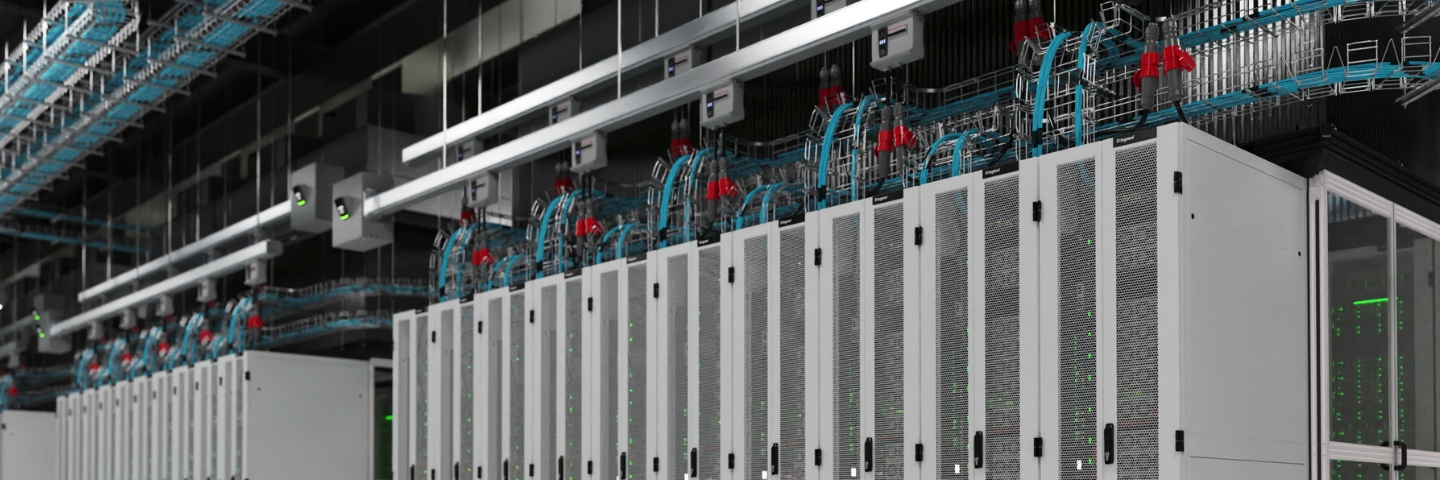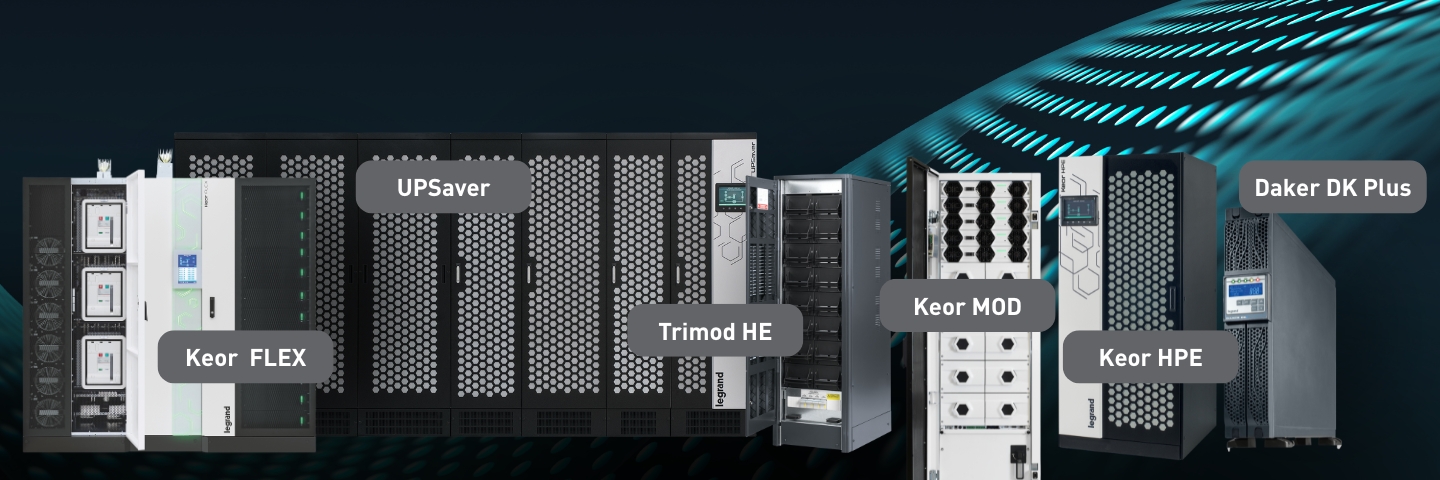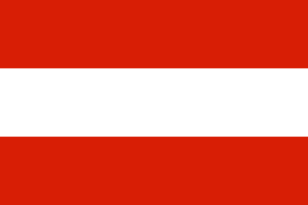Data Center Optimization: Enhancing Performance, Efficiency & Resilience
Why Data Center Optimization Matters

Data center optimization is no longer optional, it is a strategic imperative for businesses relying on digital infrastructure. Modern facilities face rising energy costs, growing IT demand, and increasing expectations for performance, scalability, and sustainability. Without an optimized approach, even the most advanced data center risks inefficiency, excessive operational costs, and vulnerabilities.
Optimizing a data center involves aligning critical power, cooling, connectivity, and infrastructure with intelligent management practices to maximise efficiency and resilience while reducing resource consumption. Legrand’s portfolio spans UPS systems, busbars, cooling, structured cabling, racks, containment, and monitoring — enabling organizations to transform traditional facilities into high-efficiency, scalable, and future-ready data centers.
Core Drivers of Data Center Optimization
1. Energy Efficiency
Reducing energy usage is a primary goal of optimization. By implementing high-efficiency UPS systems, intelligent PDUs, advanced monitoring, and energy-optimised cooling solutions, data centers can reduce both power losses and cooling requirements.
2. Performance and Scalability
Optimized facilities must maintain performance under varying workloads while allowing scalability for future growth. Modular UPSs, scalable track busways and cooling solutions ensure capacity can increase without over-provisioning, meeting critical uptime requirements.
3. Infrastructure Resilience
A resilient system protects against failures and enables quick recovery. Designing redundancy into power, network, and cooling architectures — and using solutions like modular busway for safe, flexible distribution — ensures business continuity, even during component failures or maintenance.
Legrand UPS Architectures Supporting Optimization

Legrand offers a comprehensive portfolio of UPS systems that form the backbone of optimized data center performance, working in concert with our distribution, monitoring, and cooling solutions.
Keor FLEX: A high-power modular UPS offering up to multi-megawatt capacity, designed for scalable and efficient power conversion in large facilities.
UPSaver: Ultra high-efficiency architecture operating up to 99% efficiency in UHE modes, reducing energy losses and carbon footprint.
Keor MOD & Trimod HE: Modular transformerless UPS systems for medium-sized facilities, combining hot-swappable modules and flexible power scaling.
Daker DK Plus & Keor HPE: Compact, reliable UPS solutions ideal for edge installations and smaller data rooms.
These architectures allow data centers to match solutions to operational scale while achieving both performance and environmental goals.
UPS Efficiency Modes and Sustainability Impact
Legrand’s UPS systems incorporate advanced efficiency modes such as ECO and Ultra High Efficiency (UHE) to minimise conversion losses. By optimizing efficiency at partial loads and reducing thermal output, facilities can:
Lower energy consumption and operational costs
Reduce cooling requirements, improving PUE metrics
Support sustainability targets by lowering emissions
These design choices directly support environmentally conscious optimization strategies.
Strategies for Enhancing Optimization
1. Infrastructure Modernization
Upgrading legacy hardware and equipment with modular and energy-efficient alternatives is essential. Legrand’s high-efficiency UPS platforms, such as Keor FLEX, deliver optimized power conversion and scalability for modern data center environments.
2. Intelligent Management and Insight
Effective management relies on accurate insight. Advanced monitoring and DCIM tools track power usage, thermal conditions, and load distribution, enabling teams to identify bottlenecks and opportunities for improvement.
3. Resource Allocation and Demand Planning
Optimized facilities match resources with demand. Right-sizing power and cooling with modular infrastructure reduces waste, while predictive analytics support proactive operations and capacity planning.
4. Sustainability-Driven Practices
Optimization is closely tied to sustainability. Reducing energy consumption, extending the life of equipment, and integrating renewable sources align data center strategies with environmental goals.
Maintenance Efficiency and MTTR Advantages
Legrand’s modular UPS systems are engineered for minimal Mean Time to Repair (MTTR). Hot-swappable modules allow rapid replacement without interrupting critical loads, reducing downtime and simplifying maintenance. This design approach, combined with modular distribution systems such as busway and intelligent PDUs, ensures continuous operation during service work, reduced maintenance costs, and greater resilience in critical environments.
This design approach ensures:
Continuous operation during service work
Reduced maintenance costs
Greater resilience in critical environments
Business Benefits of Optimized Data centers
Organizations that invest in data center optimisation realize:
Reduced operational costs through energy savings and efficient resource use.
Improved performance and reliability for critical IT services.
Future-proof scalability to align with business growth.
Enhanced sustainability by meeting energy and environmental targets.
Stronger compliance with industry and regulatory standards.
Legrand Solutions for Optimized Data centers
Legrand provides end-to-end solutions to help facilities achieve the highest levels of efficiency, performance, and resilience:
Critical Power: High-performance UPS systems with ECO and UHE modes, static transfer switches (STS), and battery technologies.
Power Distribution: Modular PDUs, cable management, high-power busbar and track busway, cast resin transformers, and low-voltage switchboards.
Cooling: Row-based systems and ColdLogik rear-door heat exchangers for efficient white space cooling.
Connectivity: Structured cabling systems, fibre and copper connectivity for high-performance data networks.
Infrastructure & Monitoring: Racks, containment, intelligent metering, and DCIM integration for real-time operational insight.
These solutions support critical environments, from traditional installations to next-generation cloud facilities.
Legrand partners with clients to deliver tailored optimization solutions that enhance critical infrastructure while supporting sustainability and cost reduction goals. Learn more about how our technologies and expertise can transform your facility at the Legrand Data Center site.
























 Canada
Canada
 Latin America (English)
Latin America (English)
 Latin America (Espanol)
Latin America (Espanol)
 USA
USA
 China
China
 India
India
 Japan
Japan
 Republic of Korea
Republic of Korea
 South East Asia (English)
South East Asia (English)
 Austria
Austria
 Belgium
Belgium
 France
France
 Germany
Germany
 Italy
Italy
 Netherlands
Netherlands
 Spain
Spain
 Switzerland
Switzerland
 Turkey
Turkey
 UK
UK
 Africa (english)
Africa (english)
 Africa (français)
Africa (français)
 Middle East (english)
Middle East (english)
 Australia
Australia
 New Zealand
New Zealand